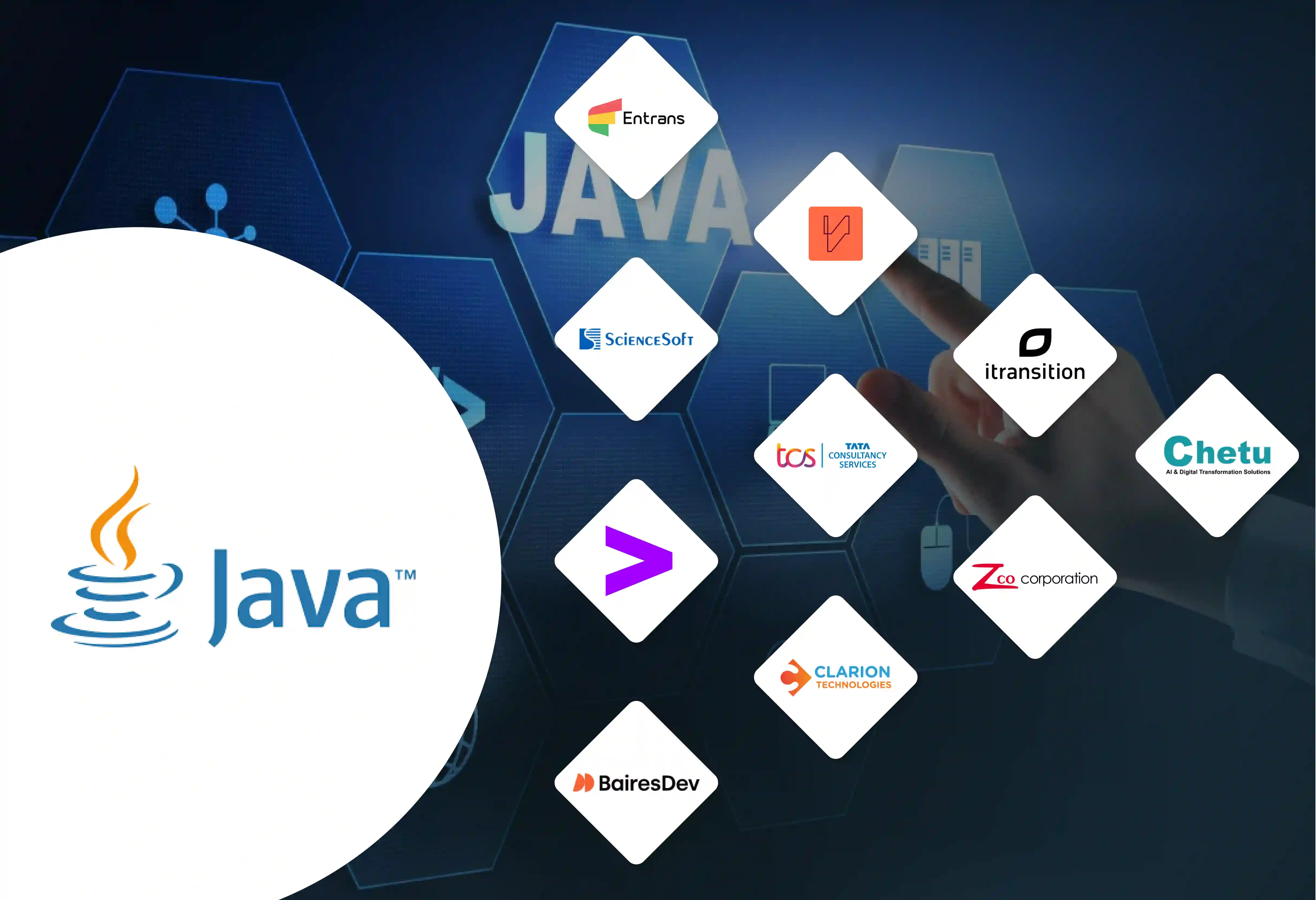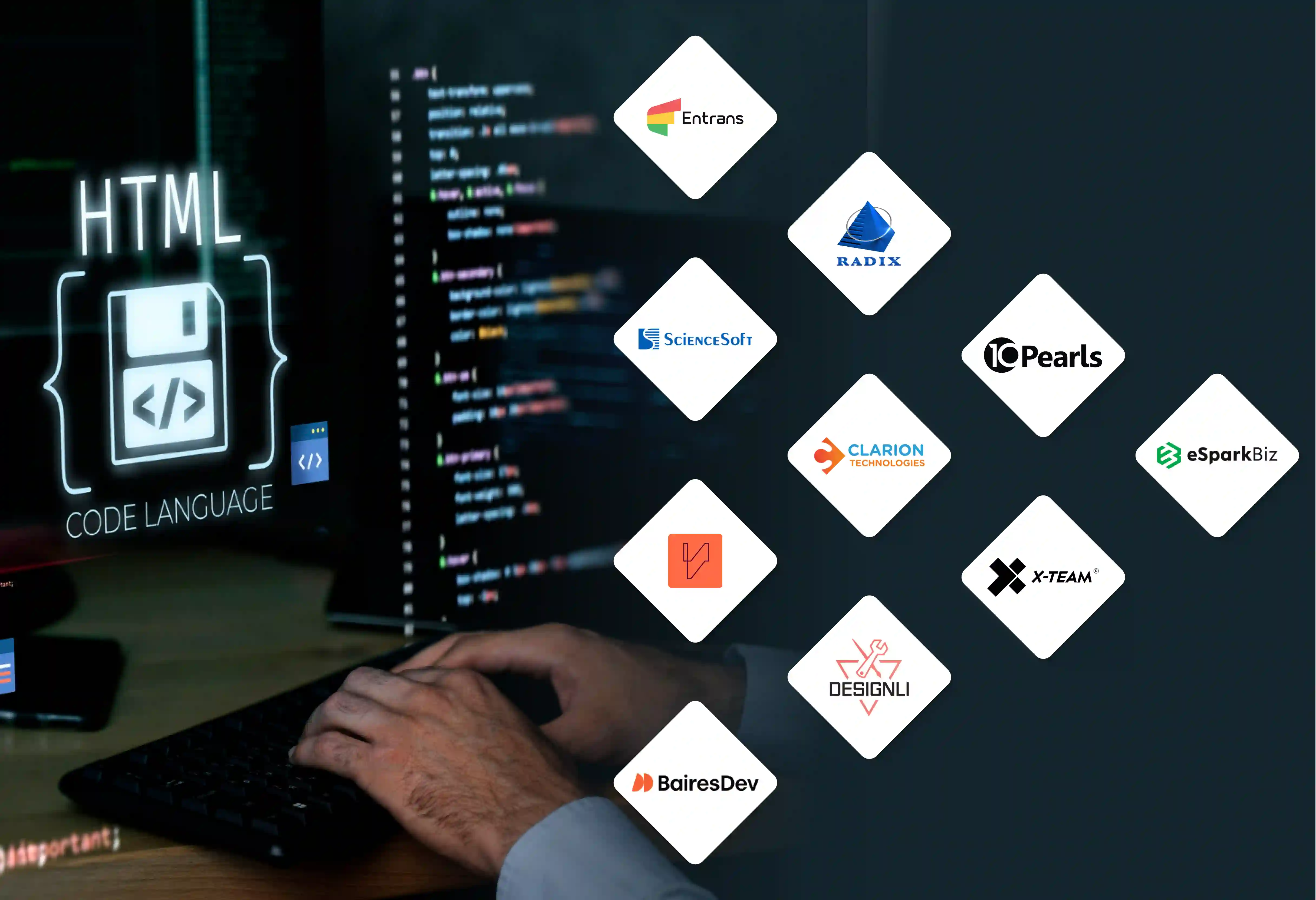Your CTO just announced the cloud migration deadline. Your board expects 30% cost savings. Your developers are already stretched thin. Sound familiar?
You're not alone. According to Gartner, by 2027, 50% of critical enterprise applications will still operate outside centralized cloud environments, underscoring the persistent challenge of legacy modernization. The challenge isn't just technical; it's strategic, financial, and deeply personal for every leader who's ever stared at a legacy system wondering, "How do we modernize this without breaking everything?"
The Hidden Cost of Delaying Legacy Application Migration to Cloud
Legacy applications quietly drain 60–80% of IT budgets, creating financial drag and limiting innovation. They prevent agility and make competing in a cloud-first world increasingly difficult.
- Legacy systems often consume more than 60% of IT budgets just for maintenance. This leaves little space for innovation or for moving to modern, cloud-native environments that add real value.
- Designed before the cloud era, these systems lack flexibility. They resist integration, automation, and scaling, making them poor fits for today’s digital transformation demands.
- Many business-critical operations still depend on these rigid applications. Any attempt to modernize without a proper plan risks operational disruptions and costly downtime.
- Competitors adopting cloud-native platforms are moving faster, adapting quicker, and reducing costs, while organizations delaying legacy application migration to cloud remain stuck in cycles of technical debt.
- Analysts like Gartner estimate that by 2027, nearly 50% of mission-critical applications will still run outside centralized cloud environments, deepening the gap between digital leaders and laggards.
Why legacy application migration to cloud Projects Fail (And How to Avoid Becoming a Statistic)
The horror stories are real. Birmingham's $48 million Oracle ERP migration collapsed in 2025 due to inadequate governance and skill mismatches. McKinsey reports that many industrial cloud migrations failed to deliver impact because organizations didn't simplify their IT landscape first.
These failures share common patterns:
- Underestimating Complexity: Teams treat migration as a simple "lift and shift" operation, ignoring intricate dependencies and integration points.
- Rushing Without Strategy: Pressure to deliver fast results leads to shortcuts that compound problems later.
- Lack of Cloud Expertise: In-house teams excel at maintaining legacy systems but struggle with cloud-native architectures and DevOps practices.
- Insufficient Governance: Without clear data protection, change management, and security protocols, migrations become compliance nightmares.
- Ignoring Business Continuity: Technical teams focus on infrastructure while business stakeholders worry about operational disruption.
The cost of failure extends beyond budget overruns. Failed migrations damage stakeholder confidence, stall innovation initiatives, and create technical debt that's even harder to resolve.
A Proven Roadmap for Successful legacy application migration to cloud
Smart enterprises approach legacy migration as a strategic transformation program, not a one-time infrastructure upgrade. Here's the step-by-step methodology that separates successful migrations from expensive failures:
1. Comprehensive Application Discovery and Analysis
Start with brutal honesty about your current state. Conduct a complete inventory of legacy applications, documenting:
- Usage patterns and performance metrics: Assess trends, peak periods, and inefficiencies to guide smart decisions during cloud migration planning.
- Integration and data flows: Map dependencies to ensure smooth system interactions and prevent disruptions during migration.
- Business value and criticality: Evaluate each application's impact to prioritize migration based on strategic and operational importance.
- Compliance and security needs: Identify requirements to align with regulations, protect data, and mitigate risks during cloud transitions.
Use automated discovery tools to map code dependencies and infrastructure relationships. This phase reveals which applications drive real business value versus those consuming resources without justification.
2. Cloud Readiness Assessment and Goal Setting
Evaluate each application against cloud architecture principles. Consider factors like:
- Data portability and storage requirements: Assess how easily data can be transferred across systems and identify storage needs to ensure scalability, accessibility, and long-term data integrity.
- Latency sensitivity and performance needs: Evaluate the application's tolerance for delays and its performance expectations to determine suitable cloud configurations and service level requirements during legacy application migration to cloud.
- Integration complexity with existing systems: Analyze how the application connects with other tools and platforms, identifying integration points that may complicate or delay cloud migration.
- Regulatory compliance and data residency rules: Ensure the application meets all legal, industry, and geographic regulations regarding data handling, residency, encryption, and retention in the target cloud environment.
Define specific, measurable goals for each migration effort. Whether targeting cost reduction, performance improvement, or innovation enablement, clear objectives guide decision-making throughout the process.
3. Strategic Modernization Approach Selection
Apply the proven "6 Rs" framework to determine the optimal strategy for each application:
- Rehost: Lift-and-shift for quick wins with minimal changes: Move applications to the cloud as-is, enabling fast migration with minimal disruption or code changes, ideal for simple legacy workloads.
- Replatform: Minor optimizations during migration: Make slight adjustments to applications, such as switching databases or OS, to better suit the cloud without altering core architecture.
- Refactor: Restructure for cloud-native benefits: Modify internal code for better scalability, flexibility, and performance, leveraging native cloud services like microservices and serverless computing.
- Rearchitect: Fundamental redesign for maximum value: Redesign applications to fully utilize cloud-native frameworks, significantly improving agility, scalability, and integration capabilities across systems.
- Rebuild: Complete reconstruction using modern practices: Develop applications from scratch using contemporary technologies and architectures to align with modern business needs and long-term innovation goals.
- Retire: Eliminate redundant or obsolete systems: Identify and decommission outdated applications that no longer serve business objectives, freeing up resources and reducing technical debt.
Non-critical applications often benefit from rehosting for speed, while core business systems may require refactoring or rearchitecting for long-term efficiency.
4. Future-State Architecture Design
Create a comprehensive blueprint for your target cloud environment, including:
- Network topology and security zones: Design a segmented network layout with defined security zones to control data flow, isolate environments, and protect applications from unauthorized access or breaches.
- Data storage and backup strategies: Implement scalable storage solutions and automated backup systems to ensure data availability, protection against loss, and compliance with retention policies.
- Application integration patterns: Define how applications communicate using APIs, messaging queues, or event-driven architectures to enable seamless interoperability across cloud and on-premises systems.
- Monitoring and observability frameworks: Deploy tools for real-time performance monitoring, error tracking, and log aggregation to gain visibility into system behavior and support proactive troubleshooting.
- Disaster recovery and business continuity plans: Establish automated failover mechanisms and recovery workflows to minimize downtime, ensure data resilience, and maintain operations during unforeseen disruptions or outages as part of your legacy application migration to cloud strategy.
Ensure your design supports automation, scalability, and continuous integration with systems that won't migrate immediately.
5. Governance and Security Framework Implementation
Establish robust controls before touching a single line of code:
- Data classification and protection protocols: Categorize data based on sensitivity and apply encryption, masking, and access controls to protect confidential, personal, and regulated information during migration and beyond.
- Identity and access management systems: Implement centralized authentication and role-based access controls to ensure secure user access and prevent unauthorized entry into cloud environments and critical systems.
- Change management and approval workflows: Establish structured processes for tracking, reviewing, and approving changes to prevent errors, maintain stability, and align with organizational governance policies.
- Compliance monitoring and reporting mechanisms: Deploy automated tools to continuously monitor for regulatory compliance and generate audit-ready reports that meet industry and legal standards.
- Incident response and recovery procedures: Develop predefined protocols to detect, contain, and recover from security breaches or outages quickly, minimizing damage and ensuring operational continuity.
Define clear roles and responsibilities across IT, security, and business units to prevent conflicts and ensure accountability.
6. Pilot Project Execution and Learning
Reduce risk by starting with a low-stakes application or environment. Use this pilot to:
- Validate migration tools and processes: Test chosen migration tools and workflows in a controlled environment to ensure reliability, compatibility, and alignment with project objectives before full-scale deployment.
- Test automation scripts and deployment pipelines: Run and verify automation scripts and CI/CD pipelines to streamline deployments, reduce manual errors, and support scalable, repeatable migration processes.
- Refine support models and escalation procedures: Establish clear support structures and escalation paths to handle issues efficiently, ensuring continuity and reducing downtime during and after migration.
- Build organizational confidence and expertise: Use pilot results to train teams, demonstrate success, and increase stakeholder trust, laying the groundwork for broader migration adoption across the enterprise.
Incorporate lessons learned into your broader migration strategy, adjusting timelines and approaches based on real-world experience.
7. Phased Rollout and Continuous Optimization
Phased Rollout and Continuous Optimization ensures controlled scaling, minimizes risk, and drives long-term cloud efficiency through structured execution and improvement.
- Group applications by business function, criticality, or technical complexity for orderly, manageable migration phases.
- Execute migrations systematically to prevent overload, reduce operational disruptions, and ensure smoother transitions.
- Establish feedback loops between migration teams and business stakeholders to address issues and improve coordination in real time during legacy application migration to cloud.
- Monitor key performance indicators continuously to evaluate success and adjust strategies dynamically as needed.
- Post-migration, adopt optimization techniques like containerization, serverless computing, and automated scaling to enhance performance and reduce cloud costs.
The Competitive Advantage of Successful legacy application migration to cloud
When executed properly, legacy migration delivers transformative business outcomes that extend far beyond infrastructure modernization:
- Immediate Cost Relief: Organizations can see 30–40% reduction in IT operational costs through usage-based billing and elimination of hardware maintenance expenses, according to McKinsey.
- Accelerated Innovation Cycles: Cloud-native applications enable real-time updates and deployments, reducing time-to-market from weeks to hours.
- Enhanced Security Posture: Enterprise-grade cloud security services provide threat detection, encryption, and compliance monitoring that's difficult to maintain internally.
- Data-Driven Decision Making: Centralized, accessible data enables real-time analytics, AI integration, and predictive modeling across business units.
- Operational Resilience: Automated backups, failover mechanisms, and distributed architectures ensure business continuity during disruptions.
- Workforce Productivity: Location-independent access to applications and collaboration tools improves efficiency without compromising governance.
- Innovation Platform: Migrated systems integrate seamlessly with AI, IoT, and emerging technologies, creating a foundation for continuous transformation.
Why Partnership Matters in legacy application migration to cloud
The right partner ensures expert execution, minimizes risk, and accelerates cloud transformation with lasting operational and strategic value.
- Migration success hinges on experience; Entrans brings specialized expertise in legacy-to-cloud transitions using proven tools and methodologies.
- Their approach starts with detailed assessments and roadmap planning, leveraging Terraform and Ansible for efficient infrastructure and configuration management.
- Applications are transformed into cloud-native architectures using Kubernetes and AWS Lambda for enhanced scalability and maintainability.
- Entrans ensures secure, compliant database migrations, preserving data integrity while meeting regulatory demands.
- Post-migration support includes monitoring, cost control, and security upgrades, freeing internal teams to focus on innovation and growth.









